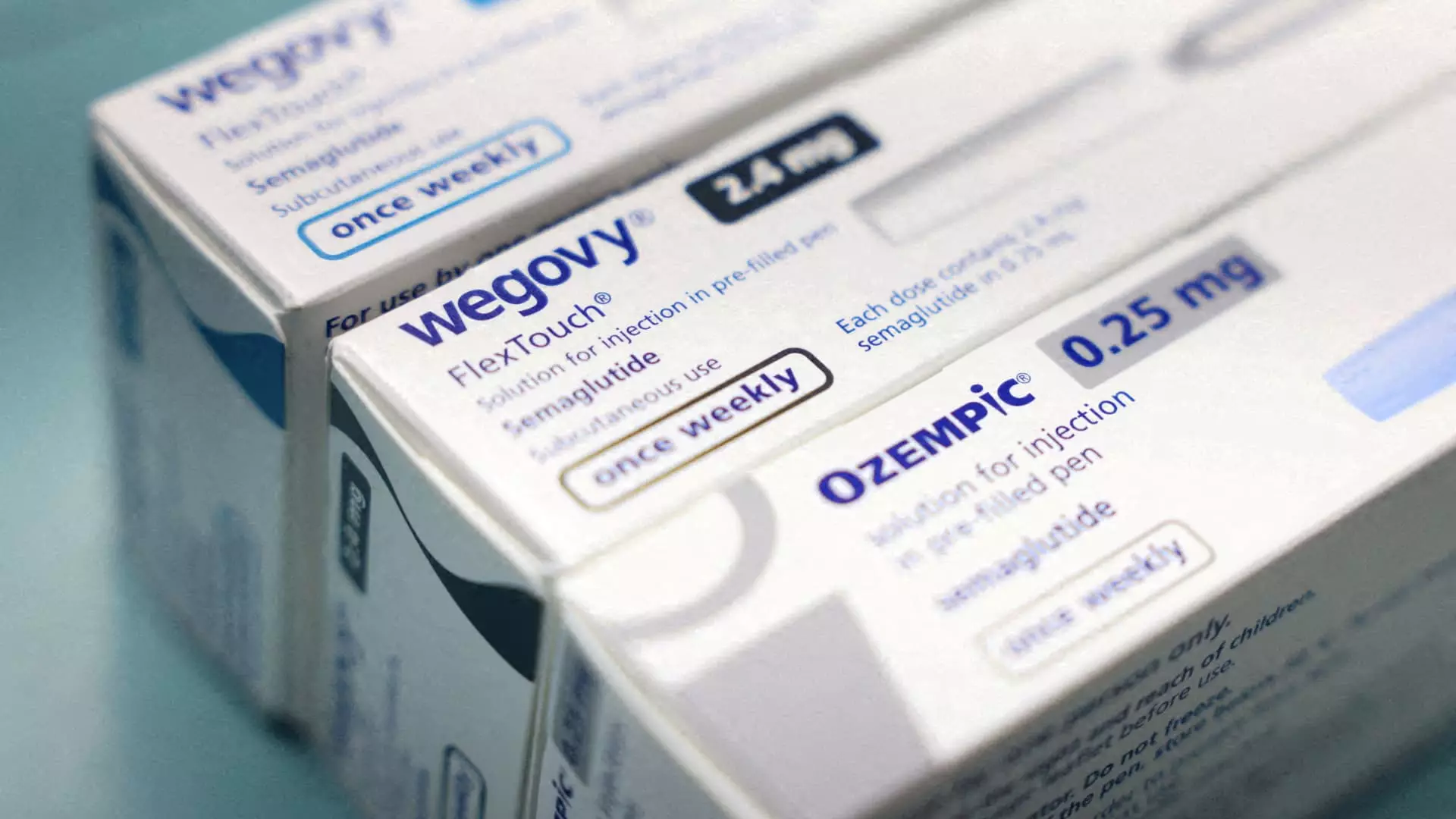The recent announcement by the U.S. Food and Drug Administration (FDA) signaling the resolution of a long-standing shortage of Novo Nordisk’s prominent weight loss and diabetes treatments, Wegovy and Ozempic, marks a significant milestone in the pharmaceutical industry. After more than two years of supply constraints driven by an explosion in demand, the FDA’s decision not only restores availability for consumers but also reshapes the competitive dynamics within the market. This situation is particularly notable as it affects both patients who have relied on these medications and the numerous compounding pharmacies that have filled the void with unapproved alternatives.
For many patients struggling with obesity or diabetes, Wegovy and Ozempic have been lifelines, enabling them to manage their conditions effectively. However, the scarcity of these medications forced many to turn to compounding pharmacies, which create alternative versions of these injectable drugs. The FDA’s recent declaration threatens to dismantle this workaround as it essentially ends the use of specially compounded semaglutide. Over the next two to three months, these pharmacies must cease their production, which means many patients might lose access to these vital treatments unless they can obtain the FDA-approved versions.
The sudden shift in the availability of the approved medications underscores the risks associated with relying on unregulated alternatives. Dave Moore, a key figure at Novo Nordisk, emphasizes the safety concerns surrounding “fake or illegitimate knockoff drugs” that pose serious health risks. The FDA’s action is seen as a protective measure, reinforcing the importance of ensuring that patients have access to verified treatments.
In the aftermath of the FDA’s announcement, there were notable fluctuations in the stock market. Shares of Novo Nordisk surged by around 5%, reflecting investor optimism regarding the company’s recovery and potential for increased sales. Conversely, compounding pharmacies like Hims & Hers experienced a significant decline of over 25% in their stock prices. This disparity illustrates how the reinstatement of legitimate supply can challenge businesses built on alternative offerings during shortages, emphasizing the fragility of compounding-based businesses.
The resolution of the semaglutide supply issue comes in tandem with significant investments made by both Novo Nordisk and Eli Lilly to hasten their production capacities. The FDA’s statement, which confirms that Novo Nordisk can now meet both current and future projected demands, highlights a strategic pivot in the industry that aims to accommodate the soaring interest in weight loss medications. Analysts project that the weight loss drug market could reach a valuation exceeding $150 billion annually by the year 2030, making it an increasingly contested arena.
Eli Lilly’s competing products, such as Mounjaro and Zepbound, also faced shortages earlier this year, but their resolution reflects the broader growth and investment efforts in this sector. The FDA’s actions suggest a trend towards stabilization in a market that has seen extraordinary volatility, giving pharmaceutical companies a strategic advantage in navigating competitive pressures moving forward.
Despite this positive development, both prescribers and patients are cautioned that some localized supply disruptions may still be experienced as the logistics of distributing these products are streamlined. This advisory serves as a reminder of the practical realities of pharmaceutical supply chains, which can often be subject to fluctuations.
Moreover, it highlights an evolving landscape where the intersection of healthcare costs and insurance coverage remains critically important. While Ozempic is generally covered by health insurance, weight loss medications like Wegovy encounter barriers like lack of Medicare coverage—an area requiring further examination and potential reform.
The resolution of the Wegovy and Ozempic shortage is more than a simple supply chain issue; it encapsulates broader themes of patient safety, market dynamics, and the ongoing challenge of healthcare accessibility. As the pharmaceutical environment continues to evolve, stakeholders—including patients, healthcare providers, and regulators—must remain vigilant to ensure that effective treatments are available and affordable for all who need them. The FDA’s recent actions and their implications resonate deeply within the industry, underscoring the complexity of pharmaceutical manufacturing and the critical role it plays in public health.

